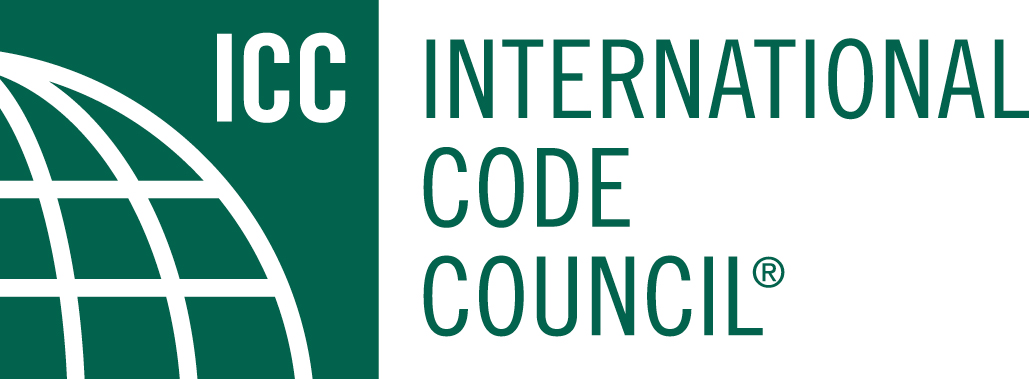Hazard Resilience & Building Codes in Action: NEHRP, NWIRP & Modern Codes and Standards
Presented by Mai Tong, PhD, FEMA; Marc Levitan, PhD, Lead Research Engineer, National Windstorm Impact Reduction Program, National Institute of Standards and Technology; Glenn Overcash, Senior Civil Engineer, Building Resiliency Group, AECOM; and Judy Zakreski, VP, Global Services, International Code Council. Moderated by Jiqiu Yuan.
From The NEHRP Recommended Provisions to Improved Seismic Design
Model seismic building codes safeguard our communities from earthquakes. For over three decades, U.S. seismic codes and standards development has been driven by broad collaboration across public and private sectors. The NEHRP Recommended Seismic Provisions for New Buildings and Other Structures have played critical roles in advancing research results, new knowledge and technologies to seismic provisions in national standards and building codes. The 2020 NEHRP Recommended Provisions marks the latest edition of this code resource, providing many recommended new changes to the seismic provisions of ASCE 7-16 Minimum Design Loads and Associated Criteria for Buildings and Other Structures. These recommendations help address critical issues for seismic design of buildings; most have been adopted into ASCE 7-22, which is proposed to be adopted by the 2024 International Building Code. To support design practitioners, building code professionals and relevant stakeholders for better understanding and implementation of the new provisions, FEMA and NIBS’ Building Seismic Safety Council reached out to the wider community for feedback, developed supporting educational products and delivered trainings for design practitioners. This presentation will introduce three recent FEMA publications that are intended to support the 2020 NEHRP Recommended Provisions, ASCE 7-22 and design practitioners for improved seismic design.
Design for Tornadoes: New Requirements in ASCE 7-22 and Overview of Storm Shelters/Safe Rooms
Tornadoes kill more people in the U.S. than hurricanes and earthquakes combined, with most fatalities occurring inside buildings, and tornadic storms cause more insured losses than hurricanes and tropical storms combined. Prior to the 2022 edition, the ASCE 7 Standard on Minimum Design Loads and Associated Criteria for Buildings and Other Structures excluded tornado so it’s no surprise that buildings and infrastructure perform poorly in tornadoes.
This presentation will cover the new design requirements for tornadoes in ASCE 7-22. The tornado load provisions are based on ASCE 7’s wind load framework for other types of windstorms, modified for tornadoes. Tornado design speeds are defined using the first-ever engineering-derived probabilistic tornado wind speed maps, which account for risk due to size of the building or structure and unique tornado characteristics such as the bullnose-shaped vertical velocity profile, strong updrafts, and atmospheric pressure change.
This presentation will also cover the latest editions of FEMA’s safe room guidance and ICC 500 storm shelter standard. Safe rooms constructed in accordance with FEMA criteria can provide life-safety protection from tornadoes, hurricanes, and extreme windstorms. FEMA recently updated its safe room design and construction guidance publications based on research, post-damage assessments, lessons learned, and ICC 500.
Responding to a Changing Climate: The Building Industry’s Adaptation Pathways
Climate change is altering the trajectory for shocks and stresses into the future. The building industry and built environment must adjust to assure building occupants and owners and communities as a whole continue to have the level of resilience they expect. Efforts are underway domestically and internationally to translate the anticipated changes in climate into information the building industry can use to adapt the design process to respond to changing risks. This panel will feature experts representing aspects of the building industry sharing how they are responding to a changing climate. Efforts include the Global Resiliency Dialogue bringing together codes and standards development organizations from Canada, Australia, New Zealand and the United States; an International Standards Organization (ISO) initiative; how the development of ASCE/SEI Standard 7 is advancing to include evolving climate risks; how sewage disposal is changing due to climate conditions; and how the design process is evolving.

